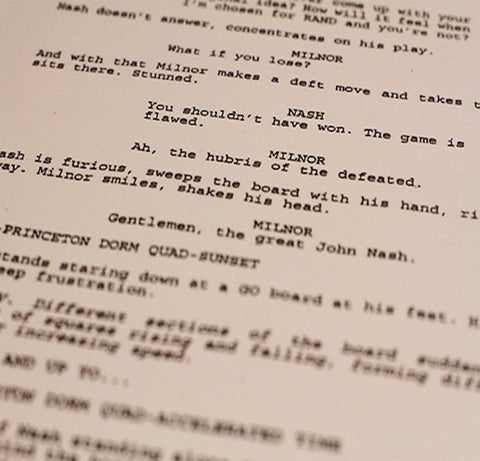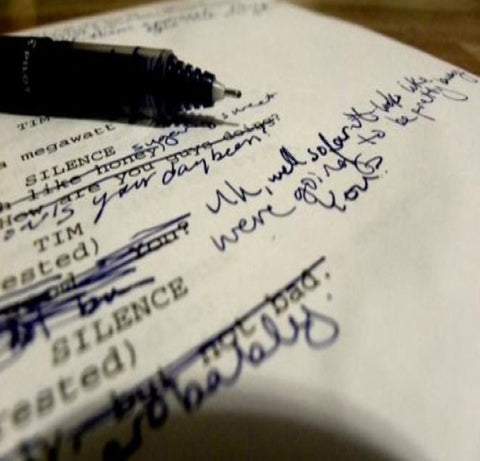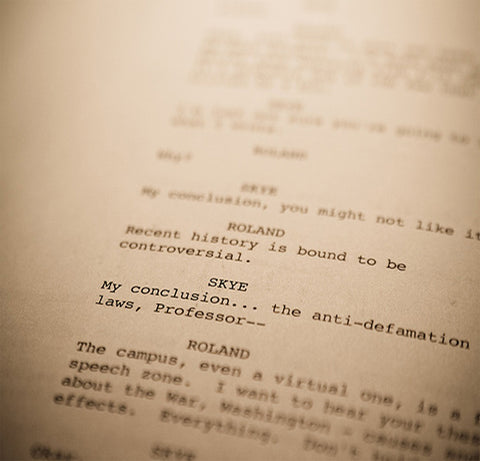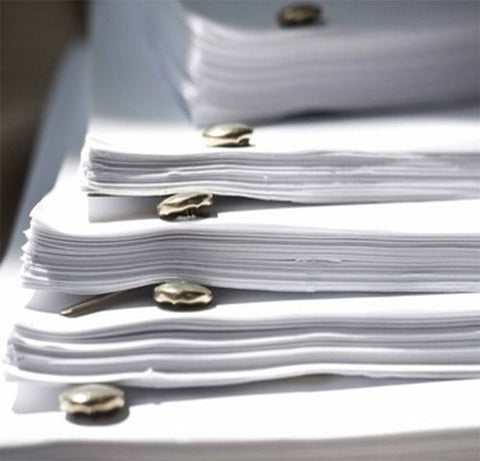
THE PUNCH-UP
Last week, we talked about the all-important first-10. As mentioned, we should open with a statement of intention – a scene/sequence that establishes the genre, and lets the audience know that the script is going to deliver the goods. Now let’s talk about the rest of the script.
I’ve read a lot of scripts that kinda-sorta deliver its genre goods, but they might take a while to really kick in, and/or do so in a minor way.
For example, there are comedy scripts that are “funny” in the sense that they’re gently amusing throughout. There is wit in the dialogue, the characters are clever, the sensibility is light; all of the hallmarks of a comedy. But is it funny? Is the reader actually laughing? Do we have beats and scenes that are clearly working toward eliciting a laugh? And if so, how often to they appear?
This is vital because a comedy is only as successful as its ability to make the audience laugh – hard, and often. If a comedy is funny, absolutely nothing else matters; it could be written in Times New Roman, have zero structure in place, we could hate the characters, etc. But if it’s funny, we’re good.
“Gently amusing” doesn’t get us there. Because, for example, take a sitcom. Your average sitcom is working toward, at minimum, a laugh per minute/page. Even if the audience doesn’t laugh at the specific joke, that’s okay because humor is subjective. But we should see beats and scenes where there is a clear effort to tell a joke, make the audience laugh.
Now consider that the audience can watch sitcoms at home. They don’t have to get off the couch to see a sitcom. To see a feature film in a theater, the audience has to go to a lot more trouble. If the comedy film they see offers fewer laughs than the sitcom they could have watched while sitting on the couch at home, then the film fails in its reason to exist.
What’s needed to bring the comedy script in line is a punch-up. Very often, we’ll hear about how this or that writer was brought in to punch-up a script; it could be for character, dialogue, etc. But it could also be for comedy. It’s better if the original writer does the punch-up in the first place, because it shows that those skills are in hand.
A punch-up doesn’t apply only to comedy. For instance, a horror movie is only as successful as its ability to scare the audience, so we could roll through with the intent to punch-up the scares; more dread, more jump beats, more beats and scenes that are clearly meant to get the audience to react in a bigger way. The same goes for action. An action movie can have barely any story so long as it delivers the action, and is thus fun to watch. And so on…
Even if a script is good in a lot of ways, it might still use a punch-up.




